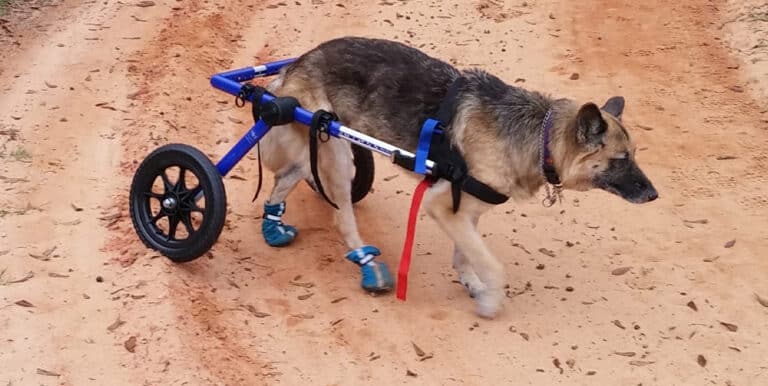What Are the Uses of Ketoconazole for Dogs?

Ketoconazole for dogs is a prescription anti-fungal medication that is often used to treat different types of infections. It works by reducing the growth of fungal organisms, and also prevents cortisol from forming within the adrenal glands. While very successful in treating dogs, it has several side effects and should be used with caution. It may also interact with many other types of drugs. The dosage given varies according to the weight of the dog and the type of infection being treated.
The uses of ketoconazole for dogs includes fungal diseases such as ringworm or yeast infections. Other conditions are also treated with this medication, including Cushing’s disease, which occurs when the adrenal glands overproduce cortisol. It is also given to dogs for more serious diseases such as cryptococcus, which affects the eyes, lymph nodes, and lungs, as well as skin, and bones. Ketoconazole for dogs is only for fungal infections and is not effective in treating bacterial or viral infections.

There are many different ketoconazole drug interactions in dogs, so it is very important to know the animal’s medical history before it is prescribed. The veterinarian should be informed about any medical conditions that the dog has had in the past, and other medications that have been given. Ketoconazole should not be taken by dogs that have had problems with blood clotting, stomach ulcers, or liver disease. In addition, dogs that have had allergic reactions to similar medications, such as other anti-fungal drugs, should not be give this medication. It cannot be given to pregnant dogs, as it will result in the death of the fetus(es).
The ketoconazole dosage for dogs is usually 200 mg, which is available in tablet form and also as a topical cream. It should always be given with food to prevent side effects, especially stomach upset. If the dog is taking any type of antacid, it should be given at least two hours prior to taking ketoconazole.

The dog should be encouraged to drink a lot of water while taking this medication. Most dogs are required to stay on this medication for several weeks. Ketoconazole should be taken until all prescribed pills are gone, even if the dog’s symptoms disappear.
In addition to stomach upset, other side effects of ketoconazole for dogs include diarrhea, dizziness, and headache, as well as itching and fatigue. If applied to the skin, it may cause discoloration or dryness of the coat. Other more serious side effects are fairly uncommon and include possible liver damage. Rarely, it may cause jaundice and hepatitis.






